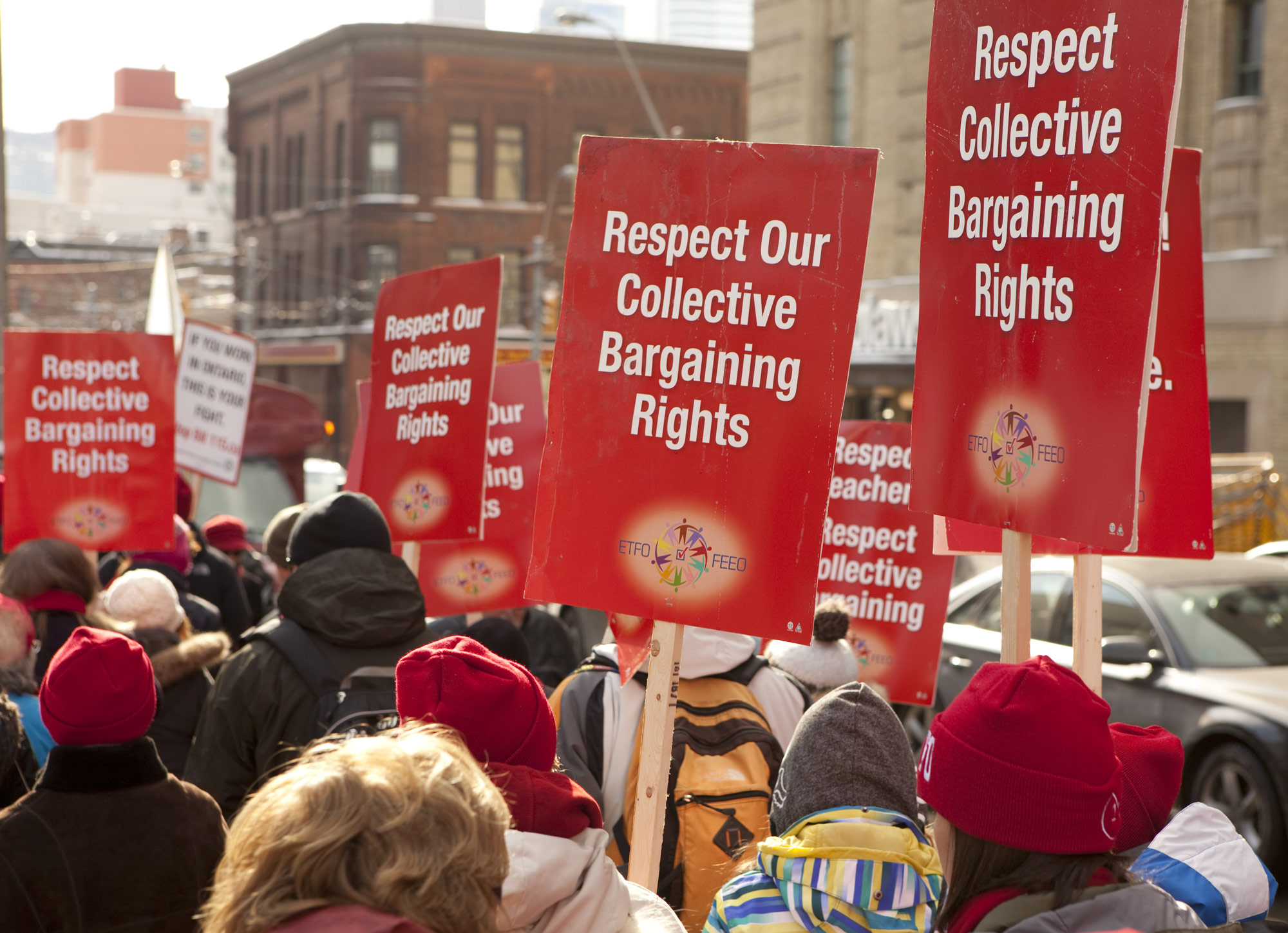
NLRB clears path for organizing smaller groups of employees
Since its enactment in 1935, the National Labor Relations Act (NLRA) has been interpreted and enforced by the National Labor Relations Board (NLRB). It isn’t any secret that the decisions interpreting the NLRA have swung back and forth as the composition of the NLRB has shifted.
You may be asking why the back and forth? Well, the NLRB is a five-member Board, and the president in office at the time gets to appoint members as the terms of others expire. When the NLRB votes, the majority rules. In other words, only three of the five members must agree to issue a binding decision.
As a result, when there’s a change in political party in the White House, the make-up and agenda at the NLRB change as well. In a recent decision, the pendulum has swung again—this time in favor of unions.
What is a bargaining unit?
When a union attempts to organize a group of employees at a business, it files a representation petition with the NLRB. In that petition, the union identifies the proposed bargaining unit, which is the group of employees the union seeks to represent and who will be eligible to vote on whether the union gets to do so.
The employer and union don’t always agree on the proposed bargaining unit, and sometimes the employer seeks to add additional employees to the union’s proposed bargaining unit. Who should be included in the bargaining unit has been an issue of contention at the NLRB for quite some time.
Previous board precedent
In 2011, the Obama-era NLRB decided Specialty Healthcare, and, in doing so, abandoned its historical “community of interest” test for determining appropriate bargaining units. Instead, the NLRB adopted an “overwhelming community of interest” standard for determining an appropriate bargaining unit in representation cases.
Under that standard announced in Specialty Healthcare, when the employer desired to expand the voting group by adding other employees to the union’s proposed bargaining unit, the employer could only do so by showing that an “overwhelming community of interest” existed between the employees in the group proposed by the union and those sought to be added by the employer. This was a heightened standard that made it difficult for employers to challenge the union’s proposed bargaining unit.
In 2018, employers breathed a sigh of relief when the Trump-era NLRB overruled Specialty Healthcare in PCC Structurals, Inc. The relief didn’t last long, however.
Tough road ahead for employers
On December 14, 2022, the Biden administration’s NLRB decided American Steel Construction. In its decision, the NLRB returned to the standard applied by the Obama-era NLRB under Specialty Healthcare.
Specifically, the Board will approve a smaller subdivision of employees as a bargaining unit if they share an internal community of interest; are readily identifiable as a group based on job classifications, departments, functions, work locations, skills, or other similar factors; and they are sufficiently distinct.
If an employer contends that the proposed bargaining unit isn’t sufficiently distinct, meaning that the smallest appropriate unit should include additional employees, the employer must establish that the union’s proposed unit and the additional employees share an “overwhelming community of interest.”
The NLRB goes on to explain that if there are “only minimal differences” between the two groups, the employer’s proposed additions to the bargaining unit will be included. This standard will be a high one for employers to meet and unions are likely to be very successful in getting the NLRB to approve micro-bargaining units under this standard. American Steel Construction, 372 NLRB No. 23 (Dec. 14, 2022).
Why does it matter?
Notably, the decision will be applied retroactively to all pending representation cases. It also gives an important tool to unions going forward. The decision allows unions to attempt once again to organize smaller groups of employees. The strategy for doing so is straightforward: Fewer employees in the unit means convincing fewer people to vote for union representation.
Moreover, the “micro-unit” will invariably consist of a few sympathetic employees supportive of union efforts. Ultimately, the union hopes to get its foot in the door, so to speak, with the end-goal of convincing larger groups or other micro-units within the same organization to organize down the road. As a result, employers are placed at risk of having to bargain with several small units of employees in one workplace.
The bottom line is that unions are more likely to win elections involving micro-units. As a result, it’s more important than ever to address any concerns you may have about potential organizing at your business. If you’re concerned about potential organizing efforts at your organization, now is a good time to consult with labor counsel.



